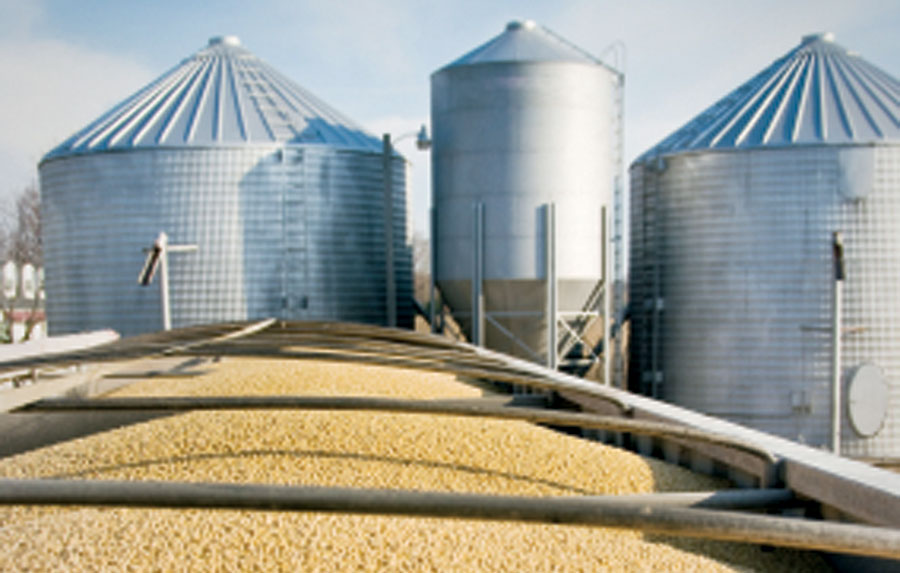Foods labeled “Non-GMO” and “Organic,” which were once found only in natural food stores are now proliferating in mainstream supermarkets. Growing numbers of consumers want foods made with fewer, more simple and natural ingredients and without genetically modified organisms, pesticides, and difficult-to-pronounce ingredients.
Market data confirms these trends. Mintel’s Global New Product Database (GNPD) finds that 15.7 percent of new products introduced in 2015 made “Non-GMO” or “GMO-free” claims, an increase from 10.7 percent in 2014 and 2.8 percent in 2012. This makes non-GMO the fastest-growing food label claim. Similar strong growth is seen in organic food with 13.5 percent of new products making “organic” claims in 2015, which is up from 10.67 percent in 2014.
More large companies going non-GMO
Once an obscure grain industry term, “non-GMO” is now seen on a growing number of iconic food brands, including General Mills’ Cheerios, Del Monte Foods, and Hershey’s, to name just a few. Most recently ice cream giant Nestlé and yogurt maker Dannon announced they were switching to non-GMO ingredients in their products.
The growth of the non-GMO market is amazing, says Tyler Lorenzen, president of protein and ingredients division at World Food Processing, a supplier of organic and non-GMO ingredients. “Five years ago, companies didn’t know what non-GMO was; now everyone knows,” he says.
Ingredient suppliers confirm strong demand for non-GMO ingredients. Nate Yates, business director, Enliten® and North America Sweetness Innovation at Ingredion, says his company is seeing many more inquiries for non-GMO ingredients.
“As little as a year ago, it was mainly brands with a ‘health halo’ asking for non-GMO ingredients but since then it has broadened to a wide spectrum of brands and products,” says Yates whose company sells non-GMO starches and sweeteners.
Those include larger companies and brands. “More recently, we’ve seen big companies looking at what it would take to switch to non-GMO ingredients in their core brands,” Yates says.
Jennifer Tesch, chief marketing officer at Healthy Food Ingredients, agrees. “Big companies are doing fact finding to see if there are challenges, asking ‘how do I get it?’ ‘can I get it?’ ‘does it exist?’”
Further, Tesch says that as more large companies switch to non-GMO ingredients, this will increase the supply of such ingredients. According to the Non-GMO Project there are 1,213 Non-GMO Project verified food ingredients.
Major grain processors such as ADM, Cargill, and Bunge are also increasing their supplies of non-GMO grains and ingredients. Bunge recently announced that it had received Non-GMO Project verification for its corn ingredients, becoming the first major grain supplier to provide non-GMO corn ingredients on a large scale.
But there are challenges preserving the non-GMO integrity of ingredients, particularly from GMO-risk crops such as corn and soy.
“At the farmer level there is more education and awareness about what’s needed to produce non-GMO, and the grain handling infrastructure is not as developed as it could be,” Yates says.
Tesch says sourcing non-GMO ingredients requires advance planning. “You can’t just flip the switch and source non-GMO; you have to be savvy about that process,” she says. “Companies have to consider: ‘how can we make that switch and in what time frame?’”
Organic market: fast-growing with supply challenges
According to Grace Marroquin, president of Marroquin Organic International, Inc., a supplier of organic and non-GMO ingredients, some of her customers are going beyond non-GMO to organic.
“Some companies think: if we are going non-GMO we might as well go organic if scale is something that is manageable,” she says.
Marroquin says costs for organic ingredients are decreasing as new suppliers enter the market.
“Organic sugar sold at higher price before when there was one supplier, but now with more suppliers, the prices have come down,” she says. “I’m glad there are more suppliers because it gives companies more confidence that supply is available.”
As another example, she said there was a shortage of organic yeast a few years ago, but now there are four companies that supply it.
But suppliers say there are still shortages of organic ingredients. Demand for organic foods is greater than the supply of ingredients, leading U.S. organic food manufacturers to import supplies. Organic food accounts for about 5 percent of all food sales in the U.S., but organic farming acres total less than one percent of U.S. farmland.
“While there has been more demand for organic, I think it is still difficult for companies to afford and find organic ingredients for their formulations,” says Debbra DeMarco, president of Top Health Ingredients.
The key to sourcing organic ingredients—as in the non-GMO supply chain—is long-term planning, particularly for bigger companies that need greater quantities of ingredients.
“The big companies understand that if they want a product, it’s going to take long-range thinking and long-term contracts. You have to think that way,” Marroquin says.
Elana Schwartz, sales manager, Scoular Ingredients concurs. “Because there’s a finite supply of organic raw materials to use in manufacturing, customers need to understand lead times. Forecasting is important.”









